Paris Olympics: Comfort and performance central to the Village
Part 6: When it came to building a home away from home for the 14,000 athletes and crew competing in the Paris Olympics, comfort and performance were just as important as sustainability
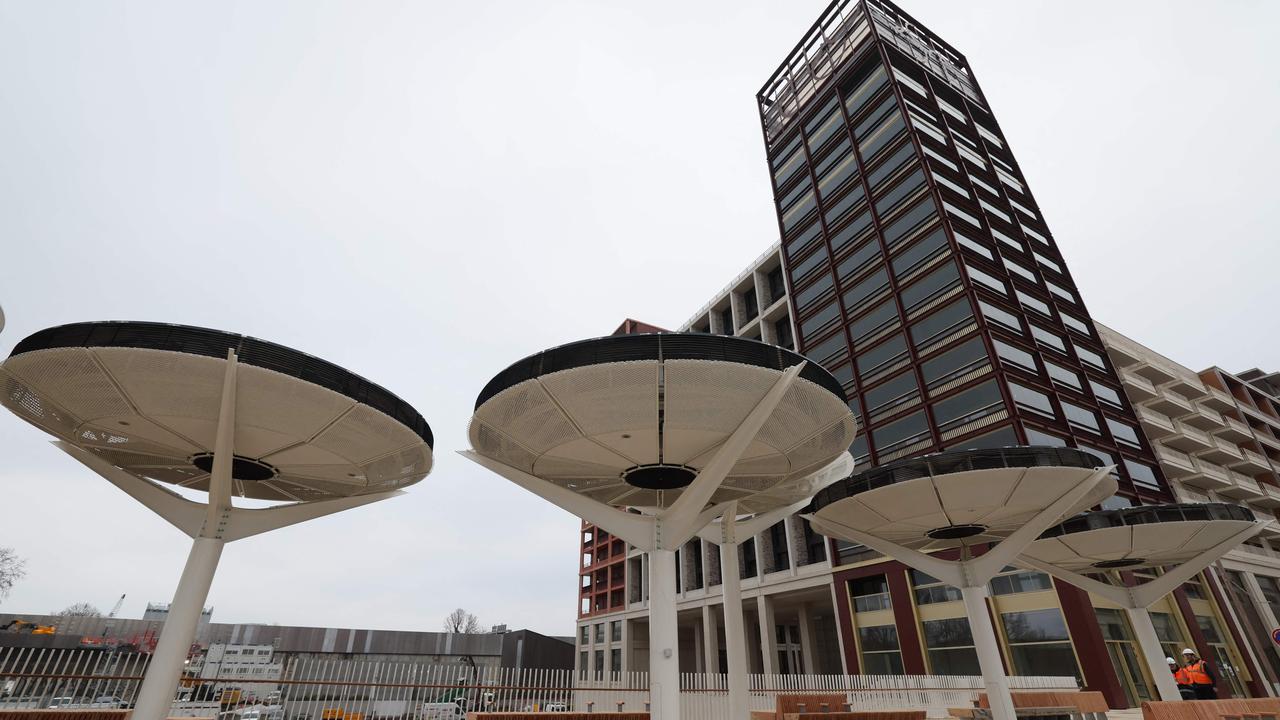
READING LEVEL: GREEN
When Olympic athletes compete in the Olympic Games, they need somewhere to stay: this important place, home away from home for the competitors, is known as the Olympic Village.
The first Olympic Village was built 100 years ago for the 1924 Paris Summer Olympic Games. It consisted of small hut houses which were located only a few minutes’ walk from the main stadium, Stade Olympique de Colombes, where most of the events took place.
Over time, Olympic villages have evolved to become more than just a place to sleep for the athletes. Instead, they are now spaces where athletes from all around the world can come together in one location away from the spotlight to relax, unwind and make friendships with others.

PLANNING AND CONSTRUCTION
Planning and building the Paris 2024 Olympic and Paralympic Village has been a lengthy process, taking seven years to complete!
The Village had to capture Paris 2024’s Olympic vision, which was to use pioneering (new) environmental methods and standards, meet athletes’ requirements during the Games and benefit the community for years to come.
The planning process also involved athletes from all five participating continents, who had the opportunity to share their vision of the ideal Olympic Village.
Two of the five main considerations that the athletes outlined as important were comfort (they wanted a good bed and somewhere that was easy to get around) and performance (the athletes asked for easy-to-get-to recovery and training areas). All these ideas were used as a guide through the planning and building process.
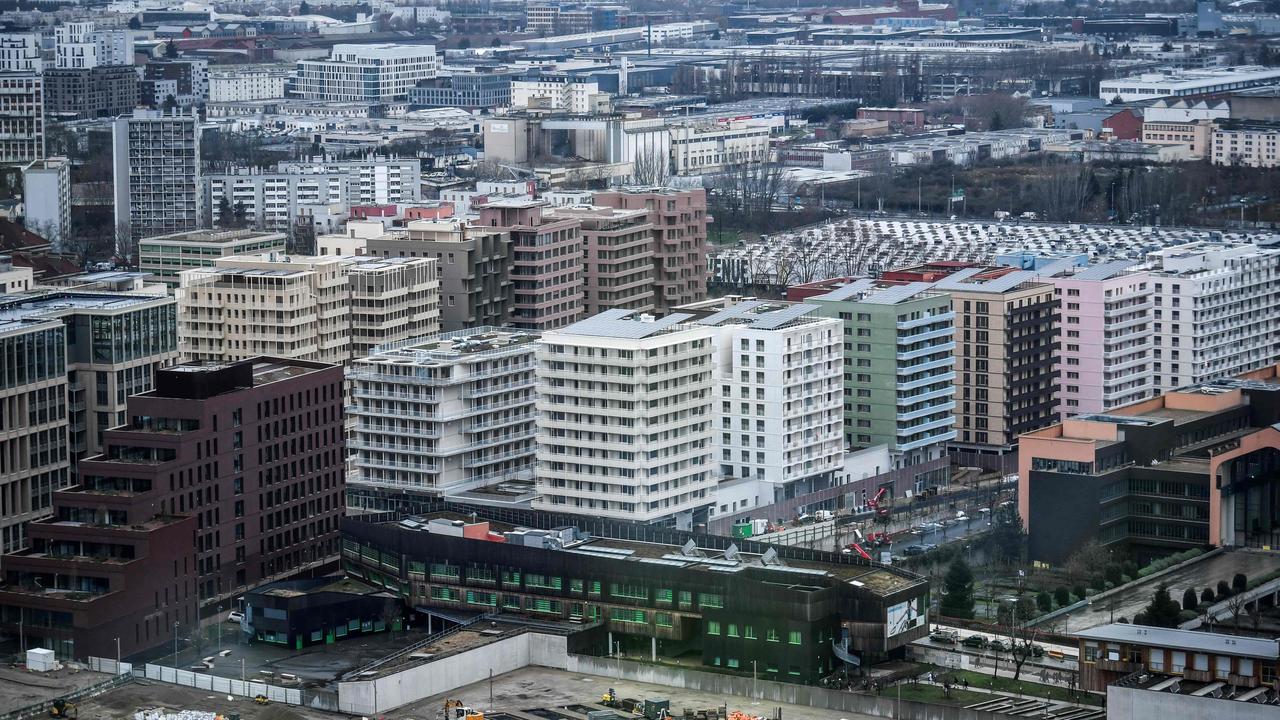
ABOUT THE VILLAGE
The main Village is located on the banks of the River Seine in the north of Paris and will house the majority* of the athletes. There will also be other villages known as satellite villages* in Châteauroux, Lille Métropole, Marseilles and Tahiti*.
The Châteauroux Olympic Village will provide accommodation for athletes competing in shooting, the Lille Métropole Olympic Village for basketball and handball, and the Marseilles Olympic Village for sailing.
Surfers will stay on a cruise ship anchored in Vairao Bay, Tahiti, and hotel accommodations in each of the football co-host cities.
Officially opening to athletes on Thursday 18 July, the Village will be the home of more than 14,000 athletes and entourage* (their team) members participating in the Olympic Games, then a further 9,000 athletes and entourage members at the Paralympic Games.

Facts and Figures:
- There are eight buildings, 3000 apartments and 7,200 rooms in the Village.
- There are around 600 washing machines and dryers for athletes to wash their clothes.
- Up to 60,000 meals will be served each day via a menu that rotates every eight days, caters to all dietary and nutritional needs and features food from all around the world.
- There is a Village Plaza which includes a hair salon, merchandise store and post office.
- There is a Village Club where athletes can relax, socialise and watch coverage of the Games.
- There is a 24-hour fitness centre and medical centre, as well as a multi-faith centre*.
- The Paris 2024 Olympic and Paralympic Village was officially inaugurated (declared open) on February 29, 2024, by French President Emmanuel Macron and Paris 2024 President Tony Estanguet.
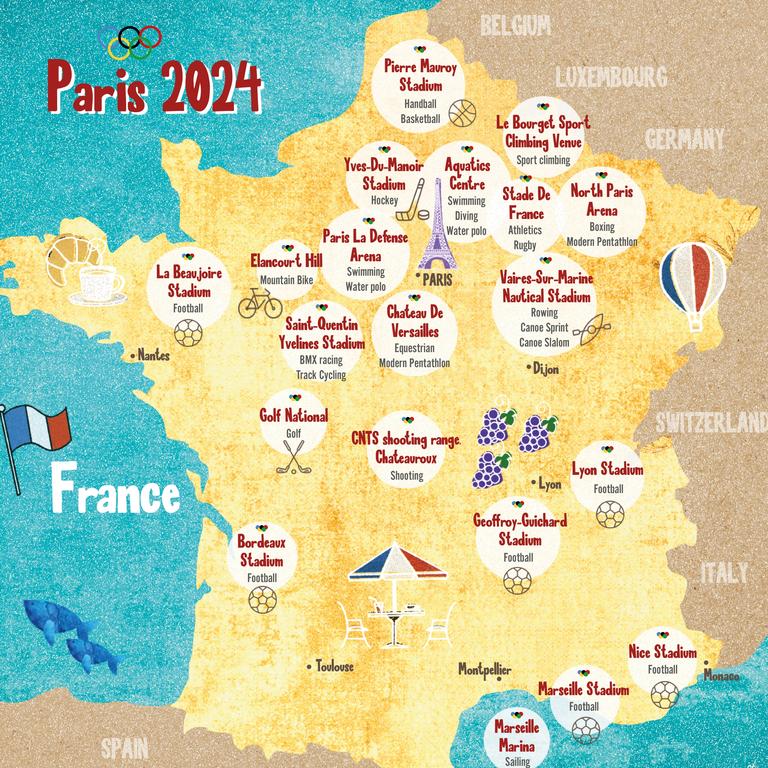
AFTER THE OLYMPICS
Once the Olympics and Paralympics Games have finished, the Village will become a part of the surrounding region of Seine-Saint-Denis in north Paris.
The site’s housing, shops, public facilities, workplaces and green spaces are set to meet the long-term living needs of 6,000 residents and provide jobs for 6,000 people, including:
- 2500 new homes
- One student residence and one hotel
- A three-hectare landscaped park
- About seven hectares of gardens and parks
- 120,000 sqm of offices and city services
- 3200 sqm of neighbourhood shops
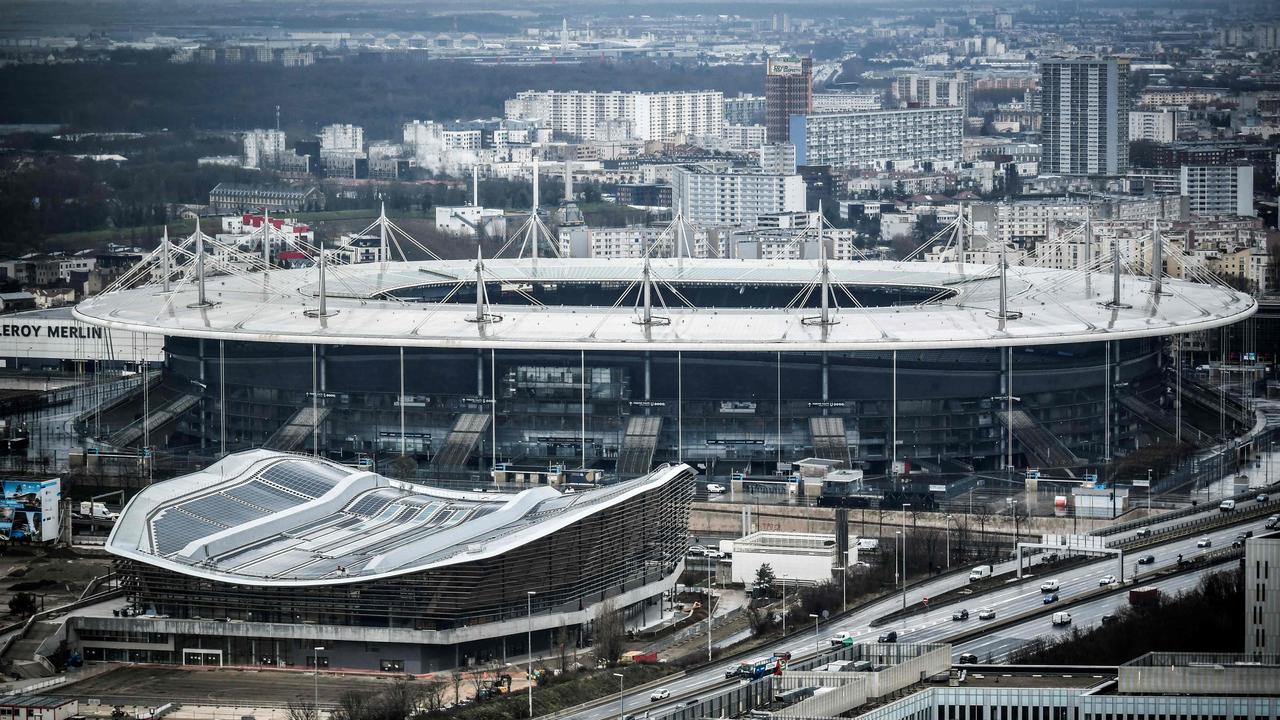
ENVIRONMENTALLY FRIENDLY NOW AND IN THE FUTURE
Not only has the Village been designed and built for the athletes but for the environment too! The Village has a carbon footprint* 30 per cent smaller than that of a modern construction project.
Designing and building the Village was also guided by what will be helpful to the environment in the future, in the year 2050.
The result is features such as plants and water in public areas, aimed to lessen the effects of climate change; rooftops built to house insects and birds; and enclosures with openings for small animals to pass through.
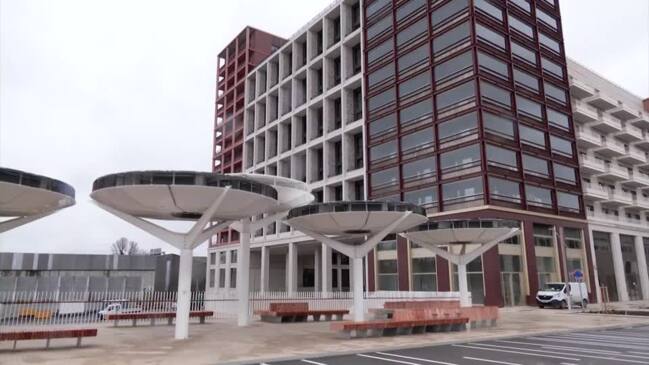
POLL
GLOSSARY
- majority: most
- satellite villages: villages outside of Paris
- Tahiti: an island in the central Pacific Ocean that is part of French Polynesia but not geographically in France
- entourage: a group of people that travel with the athlete and help them train or recover
- multi-faith centre: a place of worship where people from different religions can take part in religious practice
- carbon footprint: the total amount of greenhouse gases made by an organisation or building
QUICK QUIZ
1. What year was the first Olympic village built?
2. Where is the main Olympic Village for the Paris Olympics located?
3. Where are two of the other “Satellite” villages?
4. Which athletes will stay on a cruise ship during the Olympics?
5. How many athletes will stay at the Village during the Paris Olympics?
LISTEN TO THIS STORY
CLASSROOM ACTIVITIES
Kids News has produced a free Paris Olympics education workbook full of classroom activities to support the information in this series.
It has been crafted by one of our expert Kids News teachers and complements the information in these education kit articles.
Sign up to the free Kids News weekly newsletter HERE to access the education workbook plus more news and initiatives.
EXTRA READING
Part 7: Medals and mascots


